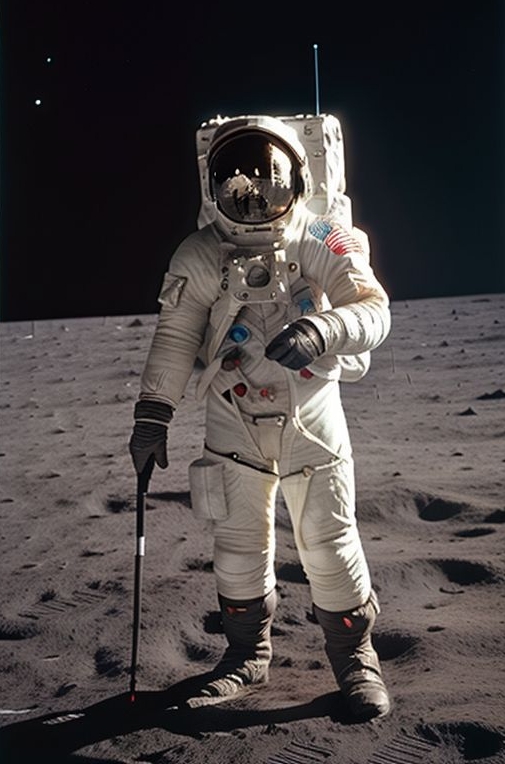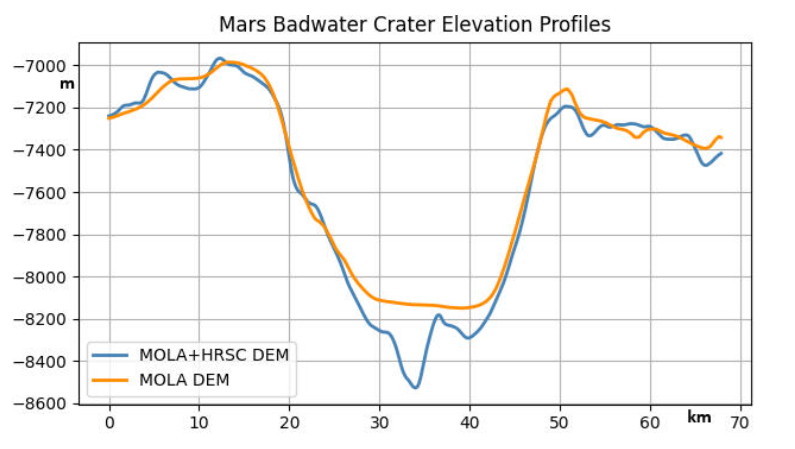This page is regularly updated to track progress on a project to research mountains and craters of Mercury, the Moon, Mars (and more) with a prominence or depth of 1000 metres or more. The existing publication covering Earth is titled The Relative Mountains of Earth: The Ribus. The original working title for what is hoped to be a second publication was Relative Mountains of the Moon: Lunar Ribus but the project will almost certainly include Mercury, Mars, Ceres and Vesta too…so The Ribu Bagger’s Guide to the Solar System is more appropriate. Research work is by Daniel Quinn, Oscar Argudo and Jim Singh. There is currently no formal mailing list for the project but you are more than welcome to email Dan at dan@gunung.org if you would like to be informed when the project is completed for publication.
Latest update: 04/07/2025 by Daniel Quinn
———————————————————————-
04/07/2025:
In the previous blog post we listed the top ten highest and most prominent peaks on the Moon and Mars. Here’s a summary of Jim’s analysis of those lists.
Mars vs. Moon: Prominence and Elevation of Landforms
Key Contrasts
On Mars, the tallest and most prominent landforms are predominantly volcanic, especially large shield volcanoes. The top five peaks by elevation all appear in the top ten for prominence. In stark contrast, the Moon’s most prominent and highest peaks are almost entirely shaped by ancient impact events. Only one lunar peak is found in both the top ten prominence and elevation lists.

(L-R) THARSIS THOLUS, ARSIA MONS, PAVONIS MONS, ASCRAEUS MONS, CERANIUS THOLUS, OLYMPUS MONS
Mars: Volcanic Dominance
Top Landforms: Olympus Mons, the tallest and most prominent, leads a lineup that includes the Tharsis Montes (Arsia, Pavonis, Ascraeus) and Elysium Mons. These massive shield volcanoes dominate both the elevation and prominence rankings.
Geological Origins:
Volcanism: Most top-ranked mountains are shield volcanoes formed by long-lived lava flows. Smaller, steeper, dome-shaped tholi (e.g., Tharsis Tholus, Hecates Tholus) also feature prominently.
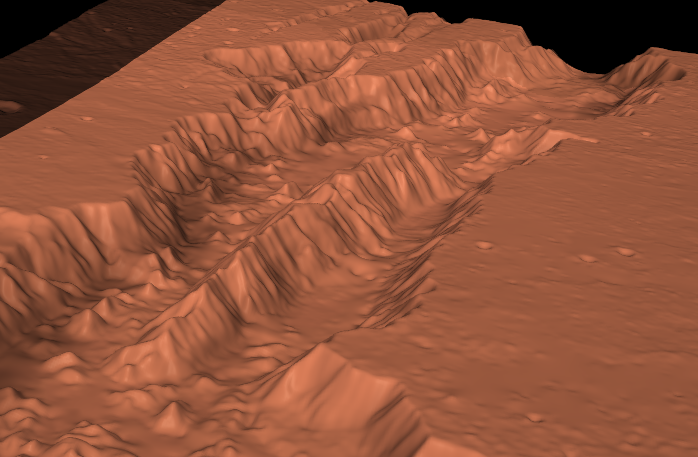
NECTARIS MONTES I
Tectonics: Nectaris Montes I, a linear ridge within Valles Marineris, formed from crustal extension linked to the rise of the Tharsis bulge.
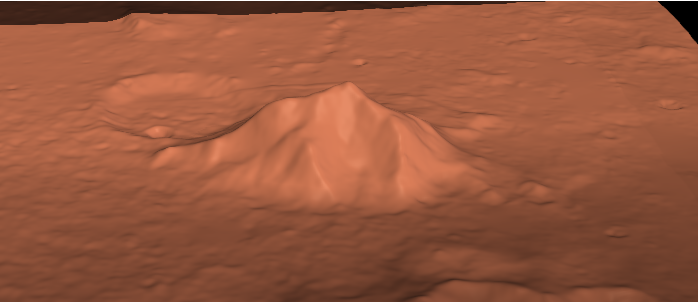
ANSERIS MONS
Impact: Anseris Mons, part of the Hellas basin rim, is the most prominent impact-generated peak.
Geographic Clustering: The most prominent volcanoes on Mars are concentrated in two major regions: the Tharsis plateau and, to a lesser extent, the Elysium province. Valles Marineris, which hosts Nectaris Mons, lies along the eastern flank of Tharsis and is closely linked with the plateau’s evolution. The Hellas impact basin, home to Anseris Mons, is located nearly antipodal to Tharsis. The immense energy of the Hellas-forming impact may have fractured the crust on the opposite side of the planet, contributing to the later development of Tharsis.
Moon: Shaped by Ancient Impacts
Top Landforms: The most prominent lunar peaks are remnants of the South Pole–Aitken (SP-A) basin rim. One key exception is Selenean Summit, located in the farside highlands.
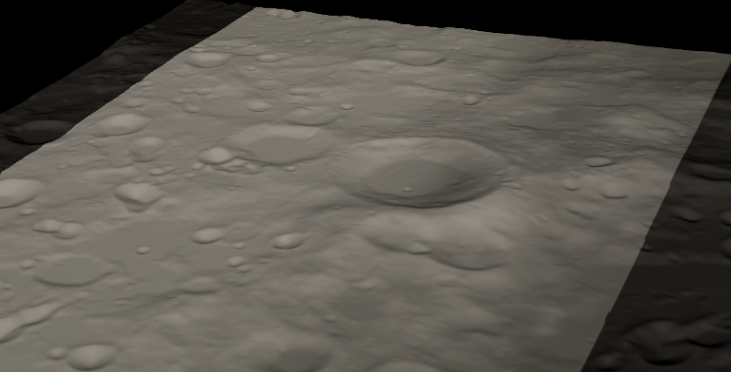
Selenean Summit
Geological Origins:
Impact Basins: Prominence is strongly correlated with large impact structures. SP-A rim peaks dominate the list.
Crater Stacking: Multiple impacts over time elevate terrain, as seen in the regions around Korolev, Engelhardt, and Vavilov.
Orientale Basin: Lewis Alpha/Orientale Alpha is a prominent peak on the outer ring of this exceptionally well-preserved basin.
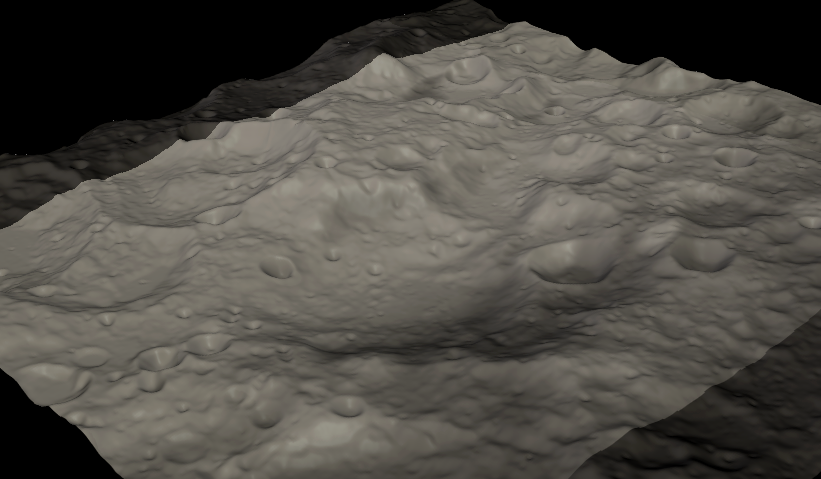
MONS MOUTON
Summary Comparison
On Mars, volcanism is the primary driver of topographic extremes, with some influence from tectonic uplift, extension and collapse, and impact structures. On the Moon, all major landform prominence and elevation is due to impact events; volcanism plays a negligible role.
Mars’ highest peaks tend to also be highly prominent, with five mountains appearing on both top ten lists. On the Moon, prominence relates more to the scale of the impact basin than to summit height; the highest peaks are not the most prominent except in the case of the very highest on the planetary body, Selenean Summit, which is by definition also the most prominent.
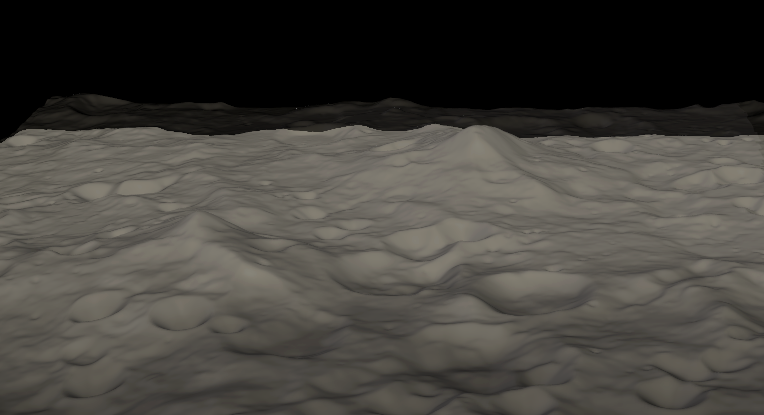
Mons Tiling G
24/06/2025:
Based on our work so far, here is a list of the highest and most prominent ten peaks on the Moon and Mars. Peak name is followed by elevation and prominence (P), both given to the closest metre. Peak names in capital letters are officially recognised by the International Astronomical Union (IAU). See below for important notes.
The Ten Highest Peaks on the Moon
The Ten Most Prominent Peaks on the Moon
The Ten Highest Peaks on Mars
The Ten Most Prominent Peaks on Mars
–
Elevation and prominence figures are based on the best currently available topographic data and may be revised as new models emerge. To qualify for inclusion in the lists above, a peak must have at least 1000 metres of topographic prominence, meaning all listed peaks are Ribus (from ribu, meaning “thousand” in Indonesian).
The concepts of elevation and prominence work slightly differently on planetary bodies without oceans, such as the Moon and Mars. In this project, elevation is measured in metres above the lowest point on the planetary surface (typically the deepest known crater). As a result, there are no negative elevation values.
Topographic prominence functions much the same as it does on Earth. The main difference on oceanless worlds is that the most prominent peak and the second most prominent peak share the same key col, the lowest point on the highest ridge connecting them, and thus both derive their prominence from this shared saddle.
These methods and definitions will be explored in greater detail later in the project, along with the implications for comparative planetary topography.
———————————————————————-
10/06/2025:
Jim has this week published an analysis of the lowest point on the surface of Mars – at the bottom of Badwater crater – and just how low it is. It turns out to be quite a lot lower than is commonly reported. The full report is available online here: Diving into Badwater.
———————————————————————-
01/05/2025:
What is the highest mountain on Mercury? The answer is not straightforward especially as the specific peak appears not to have been identified. Looking at the MESSENGER terrain data (file version 2), the answer is a peak to the west of Warhol crater, provisionally named Warhol I. Yet on the Mercury QuickMap website (apparently using version 1 of the data but with numerous local updates), no such peak exists, and the highest is south of Warhol I, at the northern edge of Sanai crater. At present, in our work this peak is called Sanai I.
What could explain this discrepancy? Oscar Argudo decided to investigate further and discovered that Warhol I is an incredibly steep and uniformly shaped spike, and therefore almost certainly an error, also known as an ‘artifact’. There are actually two artifacts in this image, with Warhol I on the right side.
 Below is a close-up of the area around Warhol I, Mercury’s non-existent highest peak.
Below is a close-up of the area around Warhol I, Mercury’s non-existent highest peak.
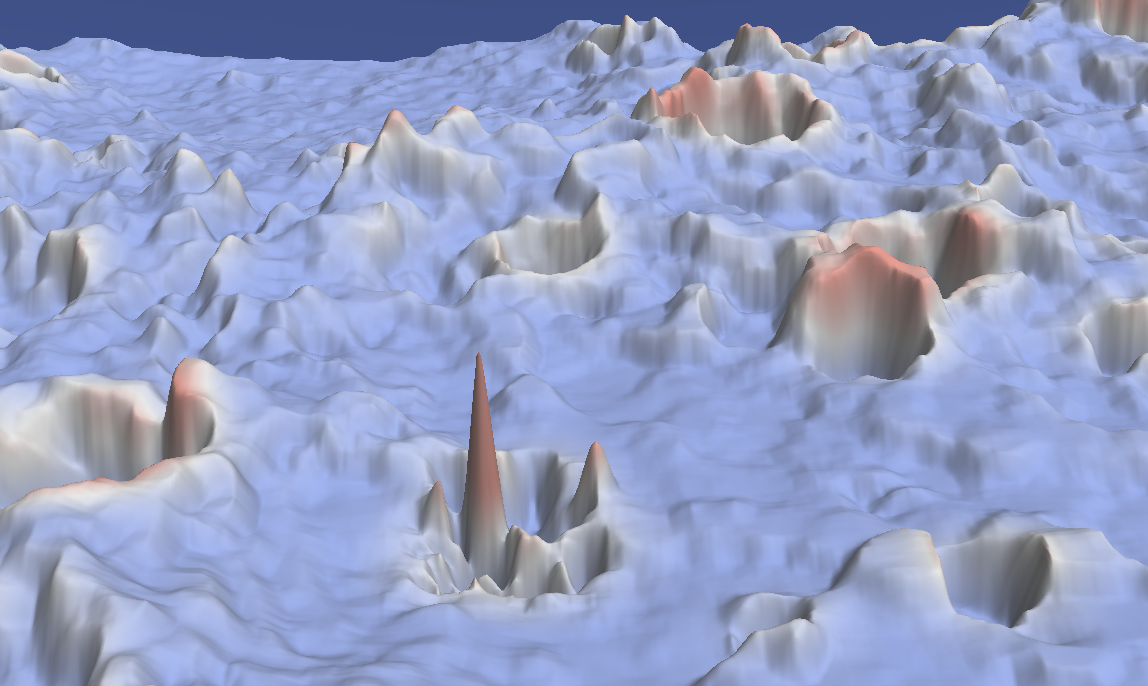 The same issue can occur for some craters, as seen below. Quite beautiful if they existed but unfortunately they are fakes – just spurious spikes in the data.
The same issue can occur for some craters, as seen below. Quite beautiful if they existed but unfortunately they are fakes – just spurious spikes in the data.

So the answer at the moment to the question about Mercury’s highest mountain is ‘Sanai I’. How tall is it? This too is not an easy question to answer quickly. Primarily because it depends where you count from. It’s around 4778m above the mean radius as per Mercury QuickMap. But the authors of different academic papers do not use the same mean radius consistently, leading to further confusion in the form of discrepancies of several hundred metres between different layers of data.
Another approach, favoured by us, is to start counting from zero not at some rather arbitrary mean radius but at the lowest point of the terrain itself. This is the base of the deepest crater and, for Mercury, that’s Rachmaninoff. However, different sources state very different figures when it comes to the depth of Rachmaninoff crater… So we are currently enjoying the challenge of resolving these issues satisfactorily.
———————————————————————-
22/03/2025:
Much has happened since January, with the web-app expanding to cover Ceres, Vesta and Mercury. Ceres appears to have approximately 120 Ribus. We are also compiling lists of craters with 1000 metres or more of depth, or anti-prominence. The Moon has over 10,000 of such craters, so due to space limitations our publication is likely to contain only the top 100 or so, with the complete list being available (eventually!) on this website as a database download.
As has been mentioned previously, the quality of data varies between celestial bodies, but we hope to publish comprehensive lists of Ribus for a moon (the Moon), a planet (Mars), a dwarf planet (Ceres) and an asteroid (Vesta) at the very least. Perhaps some introductory or provisional lists for Mercury and Venus.
The science writer and astronomer Jim Singh has joined the team, a fantastic addition given his great knowledge of, and passion for, the topography of other worlds. You can read his paper entitled ‘The Moon’s Highs and Lows’ here: https://moonsummits.carrd.co/
You can track our ongoing progress here: https://spaceribus.pythonanywhere.com/moon?
———————————————————————-
10/01/2025:
Work has been progressing really well on checking and naming Ribus on the Moon and Mars, though Mars has many peaks with no nearby named features to borrow from. We still have to decide where to set zero, as there is more than one option, so this will be decided a little later and may not necessarily follow the established method.
Looking at the quality of DEM data available, the dwarf planet Ceres and asteroid Vesta are both worth looking into too, though being much smaller than both the Moon and Mars the number or Ribus is likely to be in the hundreds rather than the thousands. More on this topic soon…
For now, you can track Martian Ribu research progress here: https://spaceribus.pythonanywhere.com/mars?
———————————————————————-
01/12/2024:
Oscar’s analysis is complete and his fantastic web-app for identifying, naming and researching Lunar Ribus is now up and running at the following address where you can track progress: https://spaceribus.pythonanywhere.com/moon?
I, Daniel, am now working through phase one of the editing process which is finding a plausible name for all of the Lunar Ribus and Sub-Ribus based on nearby existing officially-named features such as craters. Very few mountains on the Moon currently have a specific name so it is likely that they will mostly be derived from nearby named features with the addition of relevant prefixes such as ‘Mons’ as is part of the naming convention detailed at the Gazetteer of Planetary Nomenclature website. This may take some time… Currently, the approximate total of Lunar Ribus is 3597 plus 72 Lunar Sub-Ribus. A very rough first estimate of Martian Ribus suggests that Mars is home to approximately 3013 Ribus and 80 Sub-Ribus. So the total number of Ribus on the Moon and Mars added together is roughly 6610 (less than the total for Earth which is 7150).
———————————————————————-
28/10/2024:
An early preliminary test analysis of Lunar Ribus and Negative Ribus (craters) has been conducted by Oscar Argudo in order to provide a provisional expected size of the research project. He has found that there are likely to be very approximately 3000 Lunar Ribus (comfortably less than half of the 7150 Ribus found on Earth) and more than double that number of craters with a depth of 1000 metres or more (of which there are no known naturally-occurring examples on Earth but a handful of humanmade ones such as boreholes and mines). There are probably over 6500 craters on the Moon with a depth of 1000 metres or more.

The lunar surface
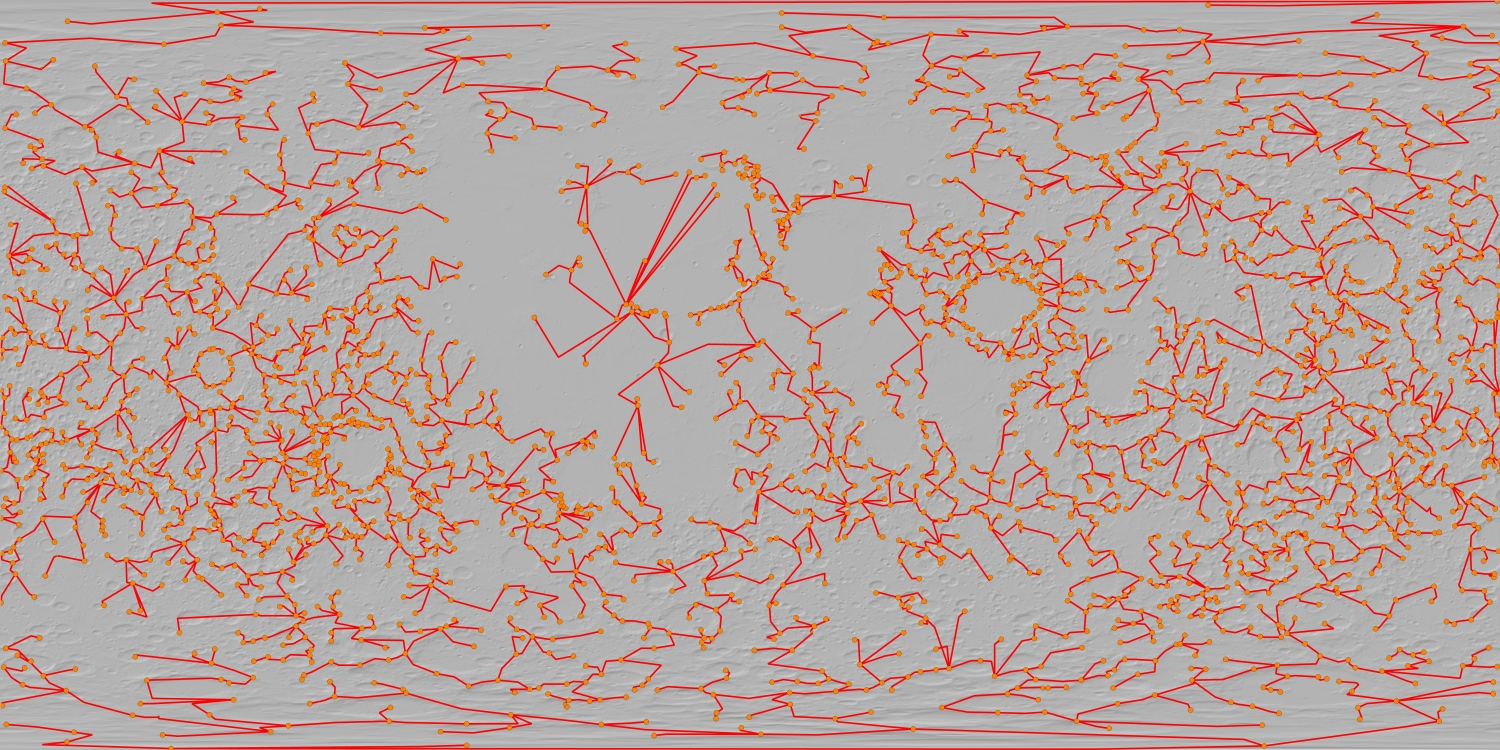
Preliminary analysis of Lunar Ribus (orange dot = P900 peak, red lines connect the peaks via the key cols)
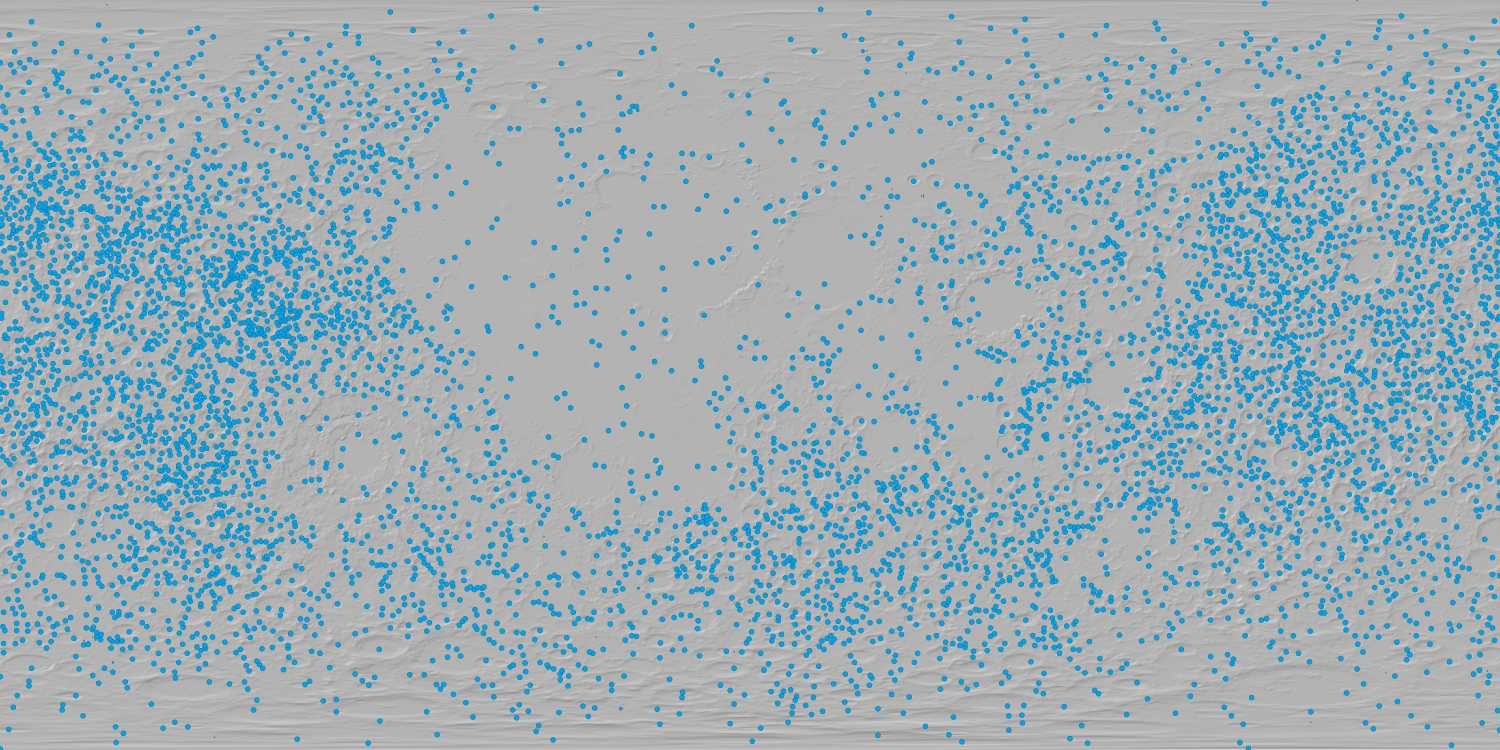
Preliminary analysis of Negative Ribus (blue dot = crater with depth of 900m or more)
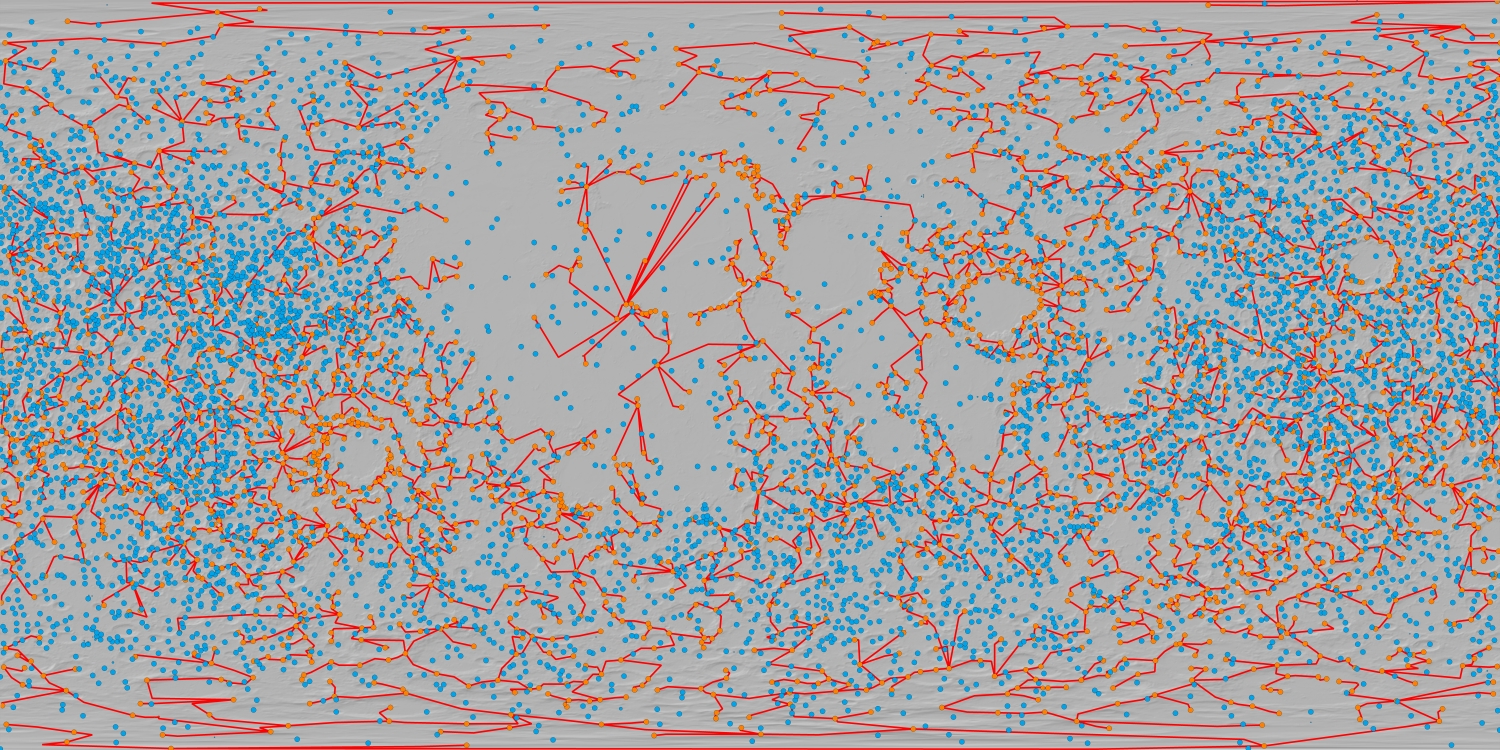
Preliminary analysis of Lunar Ribus and Negative Ribus – orange dots (P900 peaks) plus blue dots (craters with a depth of at least 900 metres)
This means the entire project will involve researching 10000 distinct lunar features, to take account of additional Sub-Ribus (P990-P999.9) that almost qualify as Ribus (P1000). 3000 Lunar Ribus plus 6500 craters plus at least 500 Lunar Sub-Ribus (negative and positive) equals 10000. It also means that approximately two-thirds of the entries in the Lunar Ribus database will be craters (negative) as opposed to mountains (positive).
As planned, the brief test was done using Andrew Kirmse’s code for analysing prominence in conjunction with the Lunar Orbiter Laser Altimeter digital elevation model from NASA / USGS.
On the same day I received an email from the Paul Hamlyn Foundation stating that I had not been successful in my application for funding for this project, primarily because it is viewed as academic research. Never mind. More soon.
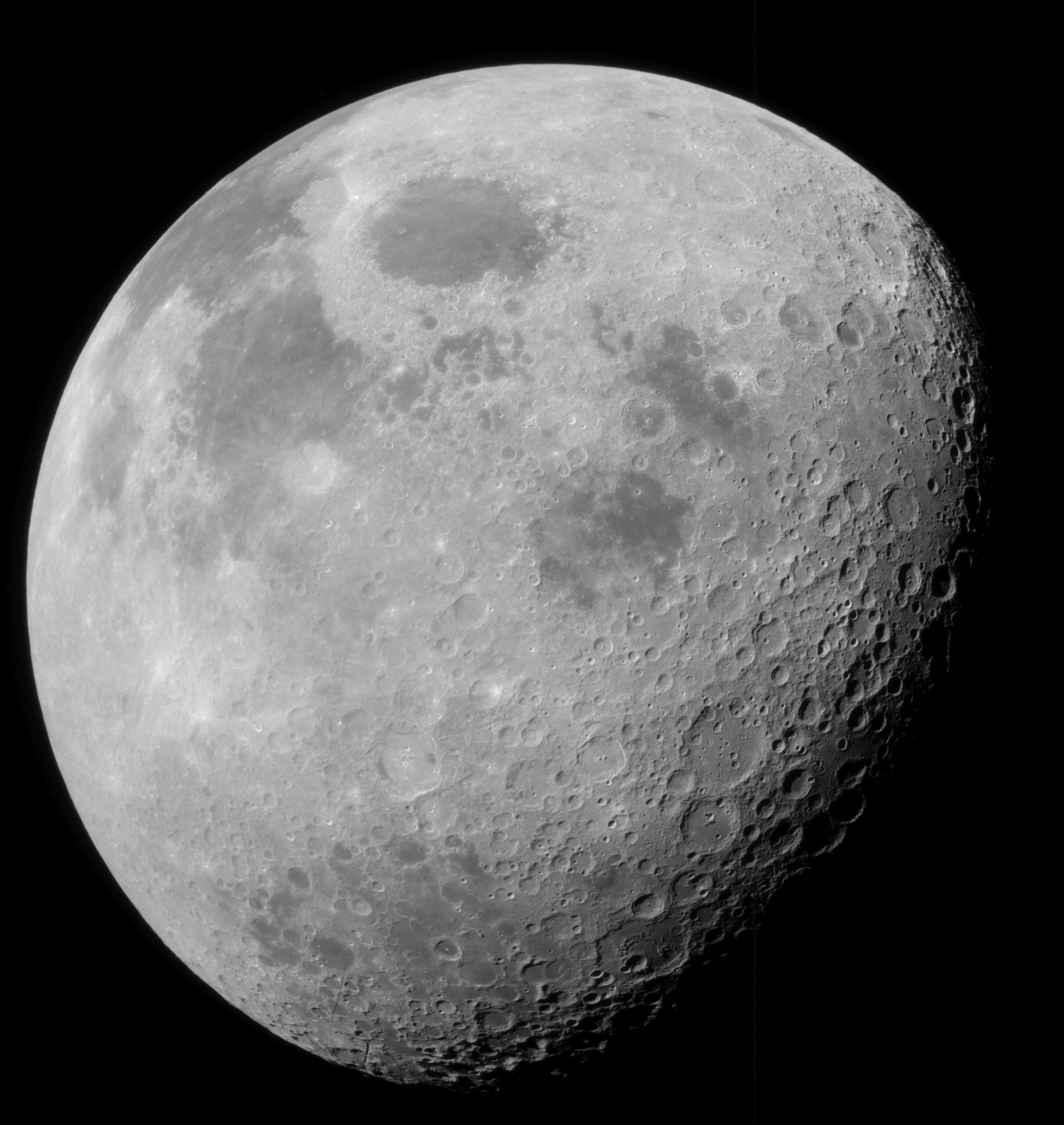
The Moon photographed during the Apollo 12 mission in November 1969.
———————————————————————-
05/10/2024:
Very early steps have been taken to commence a project to identify and name all of the Ribus on the Moon. This will include negative Ribus (craters with a depth of 1000 metres or more) and Lunar Sub-Ribus.
The project will begin in earnest towards the end of 2024 and most likely take a year to complete. I, Daniel Quinn, am looking for a data science student (or similar) who would be interested in working on this project. He or she needs to be capable of quite complex coding in order to create an online editing site with a representation of the Moon’s surface based on an available dataset. Plus lots of other stuff. At present there is no funding, but such a project would constitute a genuinely unique academic work. Depending on availability of time, co-authorship of a Lunar Ribus publication is up for grabs.
If you are interested in discussing this project in more detail please email dan@gunung.org
Dan, October 2024
